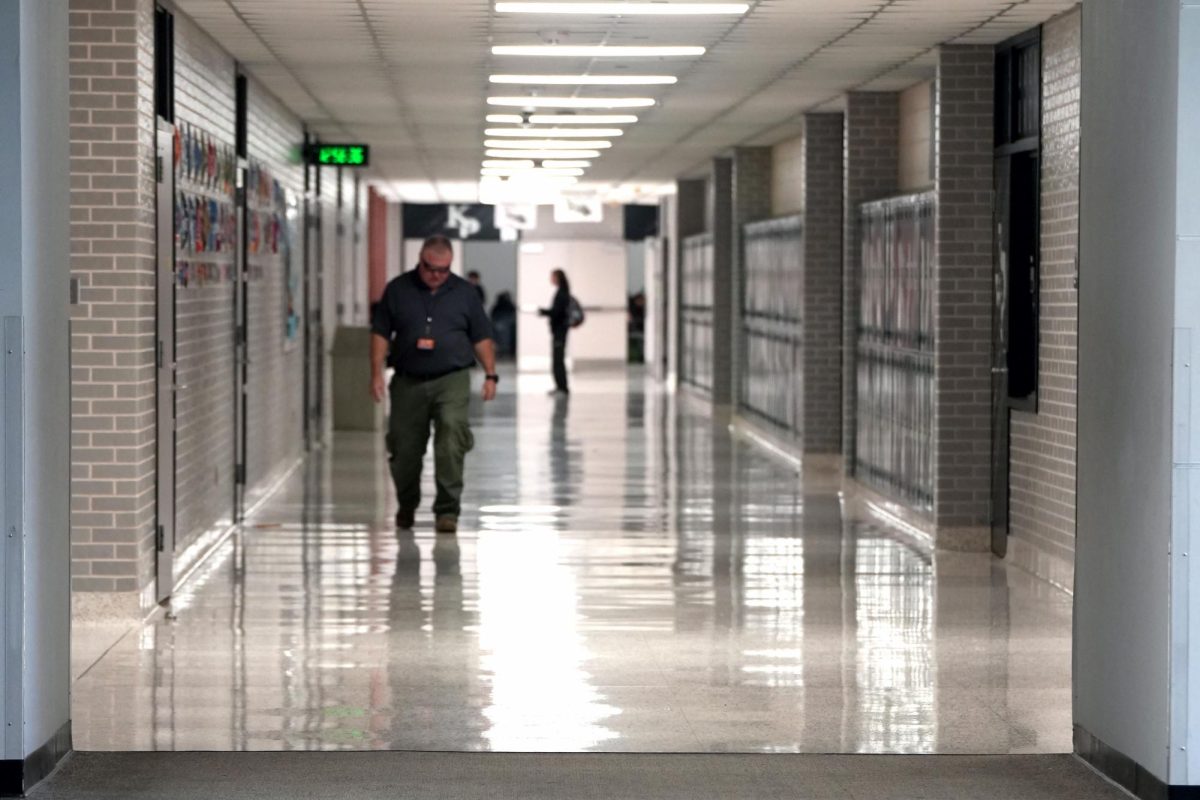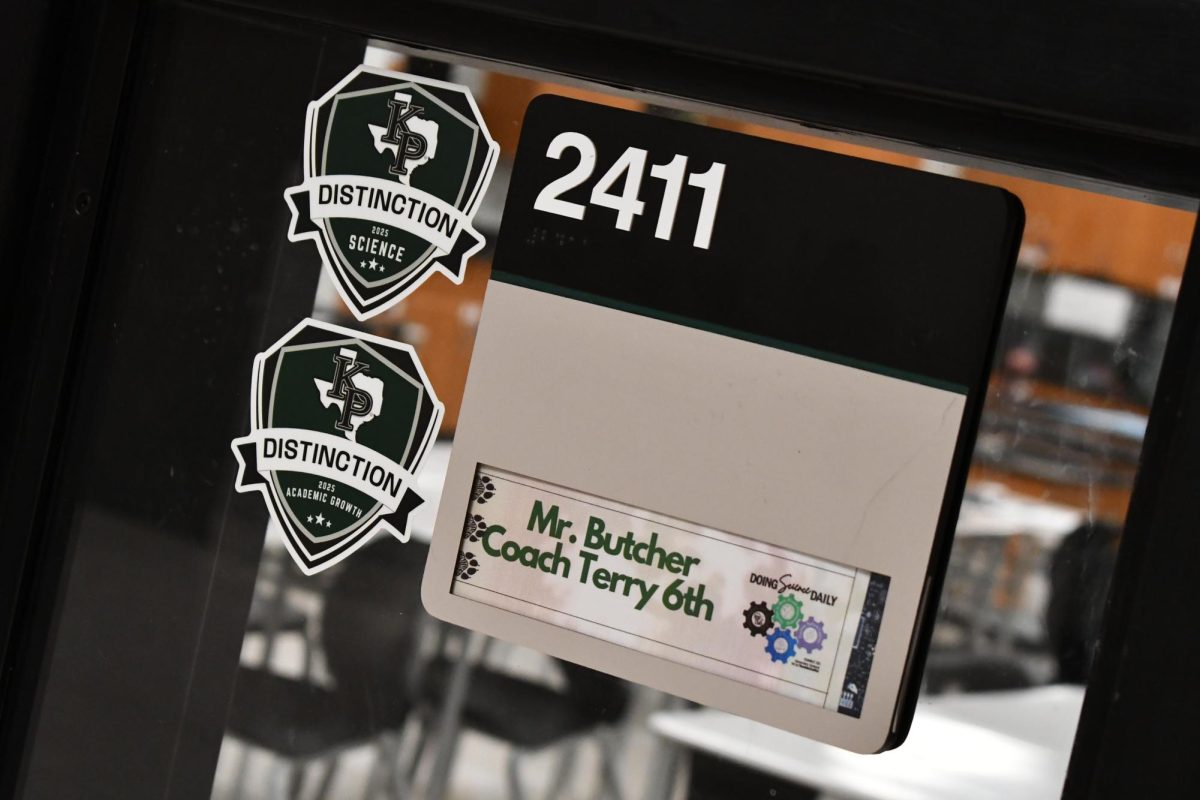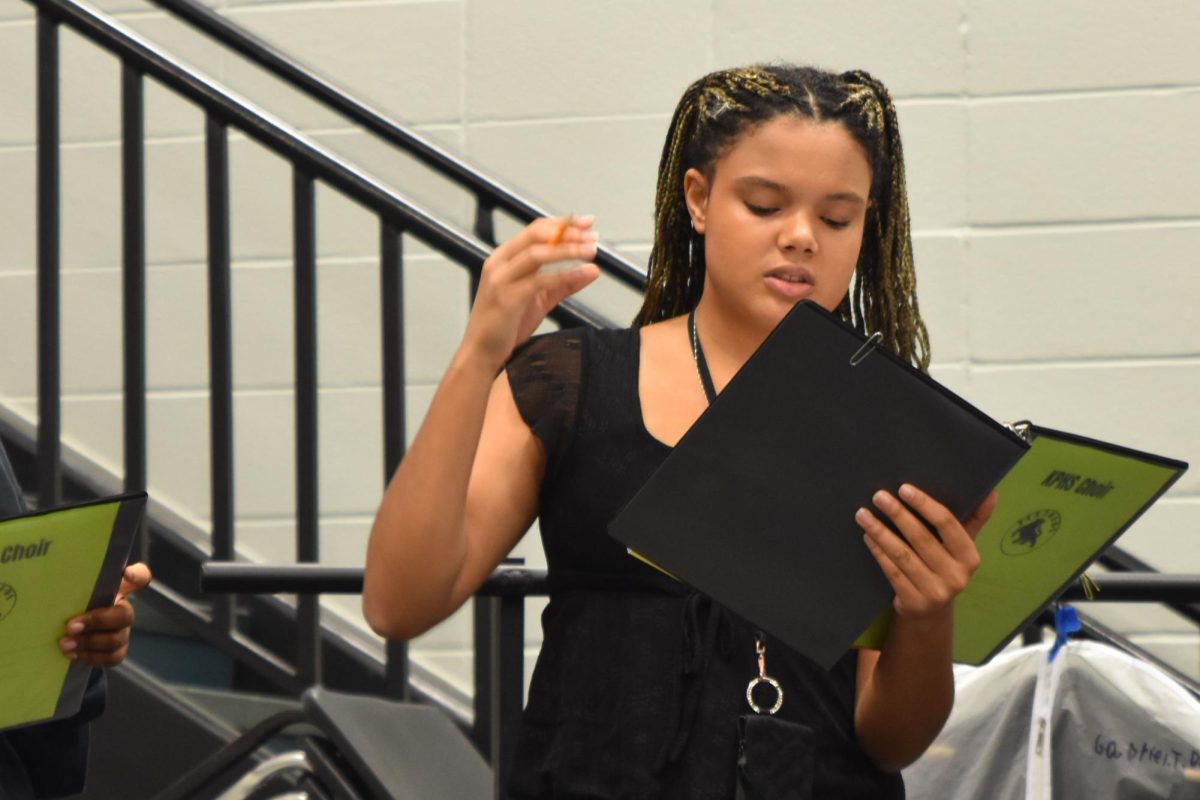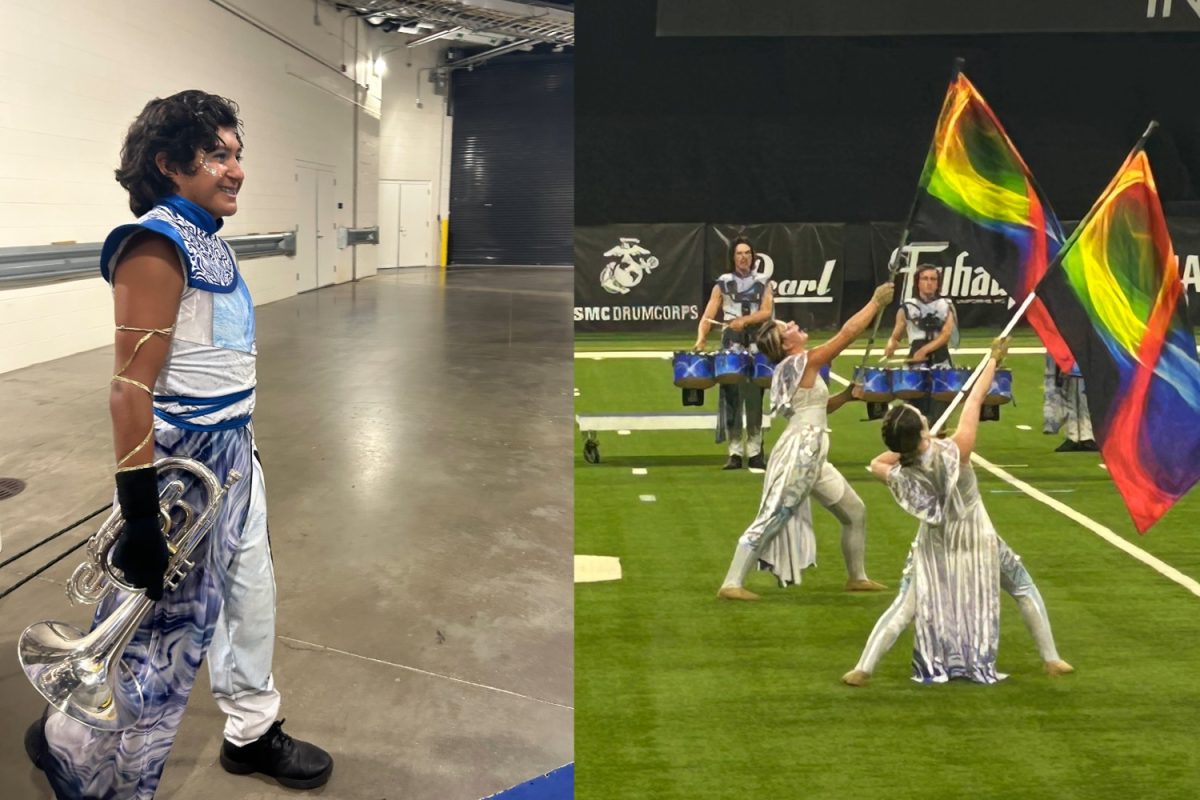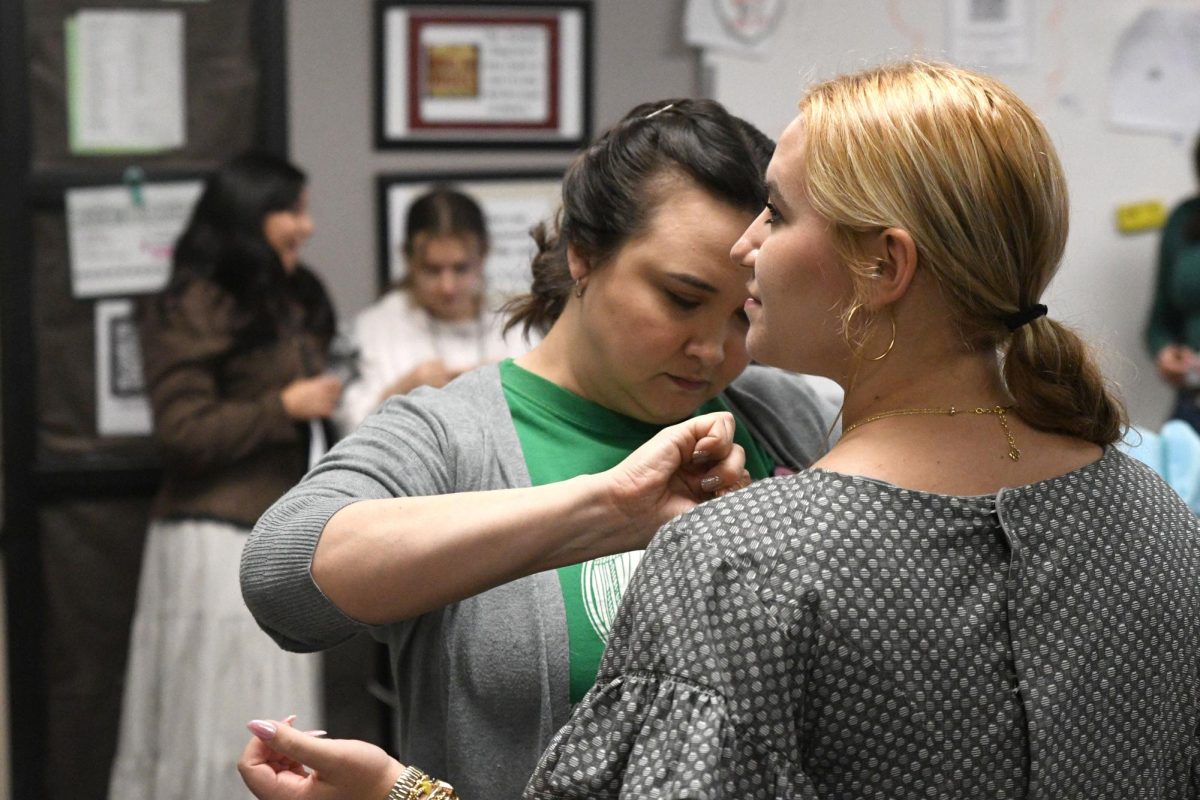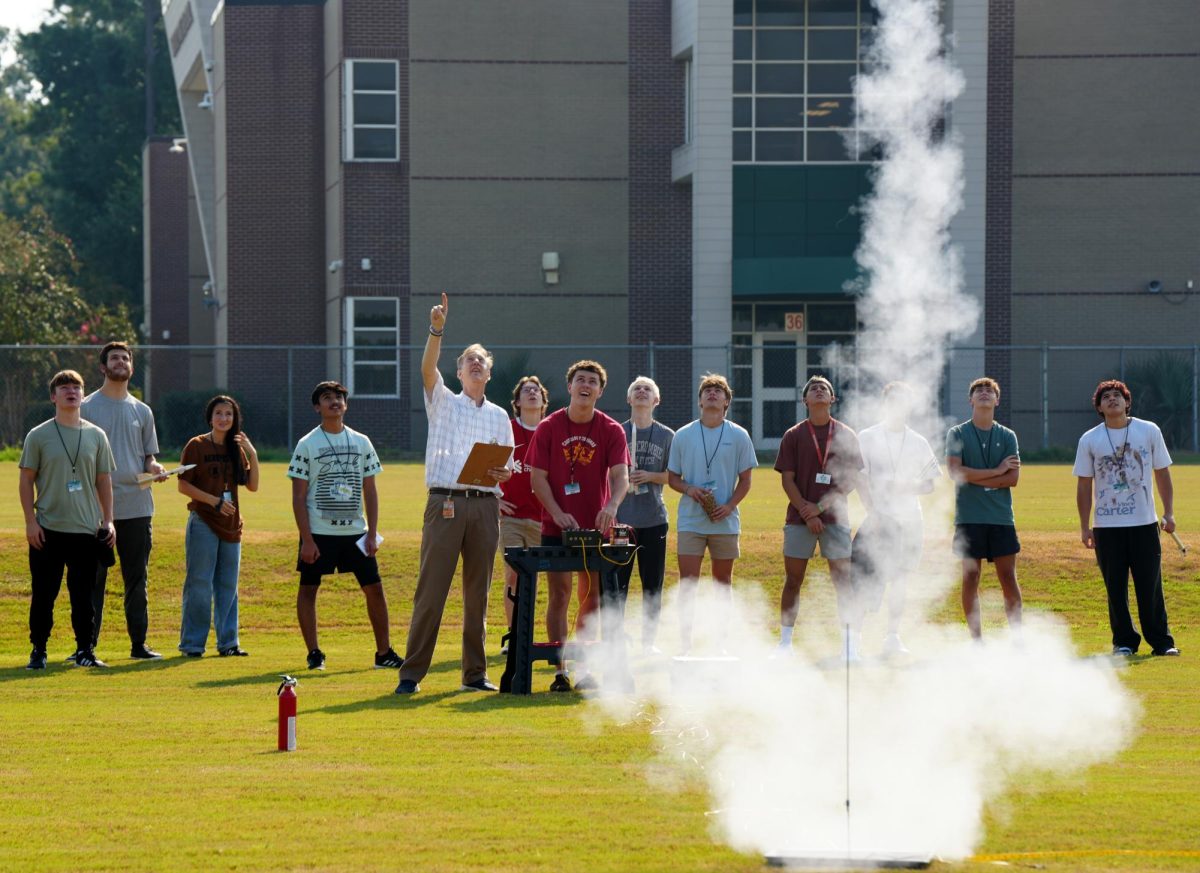The hour-long lunch break that students loved for the past seven years is not coming back soon.
Implemented in 2018, Flex Hour allowed students 60 minutes in the middle of their school days to attend tutoring, make up tests, hold club meetings, socialize with their peers and eat lunch.
Kingwood High School, the only other school in Humble ISD with a Flex Hour, is bringing it back on Sept. 23. Kingwood Park principal Wes Solomon said KPHS will not change its current schedule until at least the first nine weeks ends.
“I’ll take a little heat for going slower to roll it out right,” Solomon said. “Because I think there’s some really good things about it. But I also think in the last couple years, it got to a point where for the majority of our student body it’s just a social hour for 60 minutes.”
Instead of Flex Hour for the first six weeks, students have spent 91 minutes in their fifth period class. Every other class period during the day is between 48-51 minutes.
The 91 minutes of fifth period are spread across four lunch shifts, which are each 30 minutes. Because the class is so much longer each day, 30 minutes is supposed to be set aside for study hall or a once-a-week advisory lesson developed by the school counselors.
The change has been difficult for students. Junior Maya Fritz juggles three jobs outside of school. When she missed three days of school for a HOSA leadership conference in August, she struggled to catch up.
“I missed three tests that I had to make up,” Fritz said. “While some of my teachers were really lenient and I was able to complete them in the class period, I had to take off work for a couple of days to make up those tests.”
For the first nine weeks, teachers were required to offer tutoring one day a week before school and one day a week after school.
The 30-minute sessions were not conducive for students to make up tests however. And sometimes the days and times offered did not work for the students.
Junior Courtney Scott, a state medalist in swim has felt the absence of flex hour. She spends her mornings at school swim practice and her afternoons at club practice.
“I have not been able to [go to tutoring] because of practice before school and then practice after school,” Scott said. “With those practices being mandatory, I’m not allowed to miss so I can’t come to tutoring at all. I feel like I’m falling behind in my classes.”
To help the testing situation on Sept. 16, the administration opened up a testing center at 3 p.m. on Tuesdays and Thursdays, giving kids a one-hour window to take tests.
On the old Flex Hour schedule, the testing center was open everyday from 12-1 p.m. except for Tuesdays.
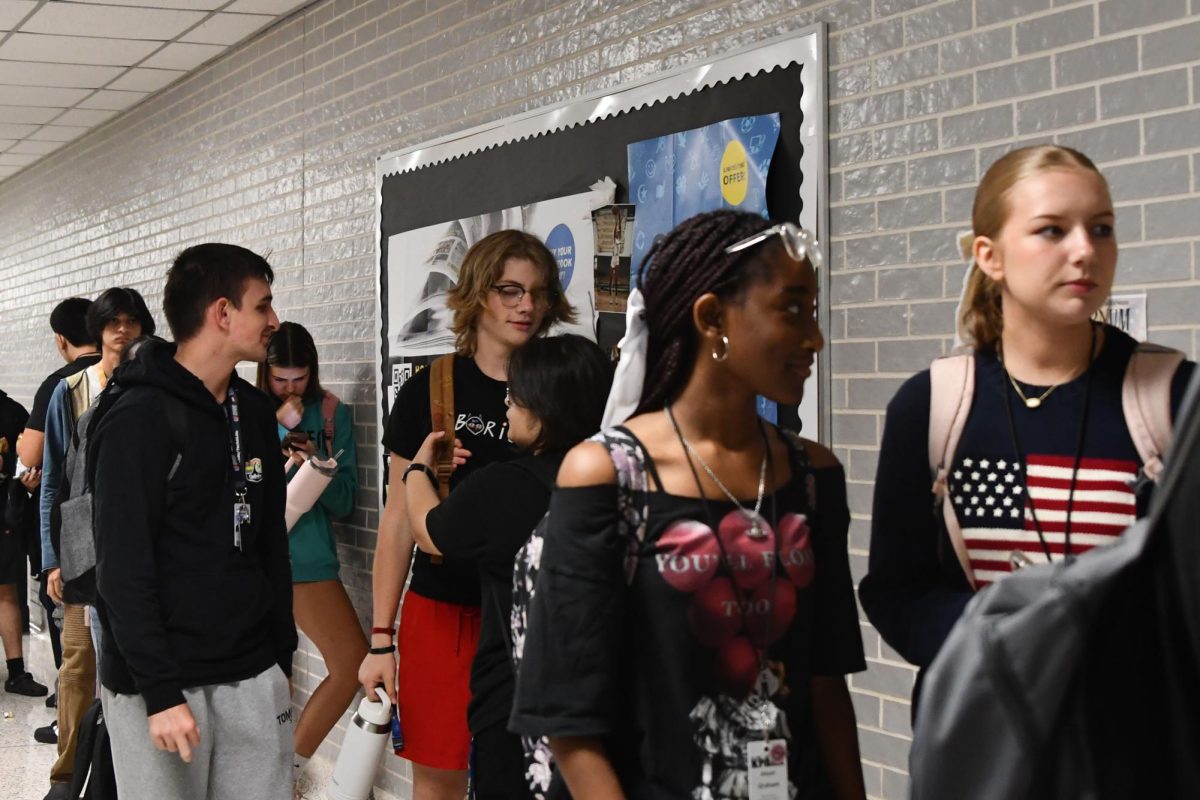
Tutoring was also available with one teacher or another almost daily in any subject. It worked well for kids who were in sports or who had after school jobs and commitments.
“My favorite parts of Flex Hour are definitely the times you get to go with teachers and do your study hour,” senior Michael Segura said. “Tutoring is a big part of my success in school, so without flex, I really have to make time after school and before school. But with extracurricular activities, it’s kind of hard to do that.”
Solomon said he is trying to fix that problem for students. He and the administration have researched alternative ideas to Flex Hour.
“So could we do an A lunch, a B lunch, a C lunch,” Solomon said, “and then D lunch everybody’s in their fifth period class. But if they need to go to tutoring, they could go to tutoring during that period.”
The uncertainty leaves students who run clubs and organizations still trying to figure out how to navigate meeting times and how to recruit new members.
Attendance at after school meetings is lower than it was during Flex Hour.
“It’s very hard [to run organizations] because a lot of people can’t come after school due to other things and then doing it before school people have sports,” said senior Marisa Chinen, who is an officer in three clubs, including president of National Honor Society. “It’s hard to find a medium for everybody.”
Chinen also said juniors and seniors who have late arrival or early release are less willing to show up before school or return after 2:55 p.m. for meetings.
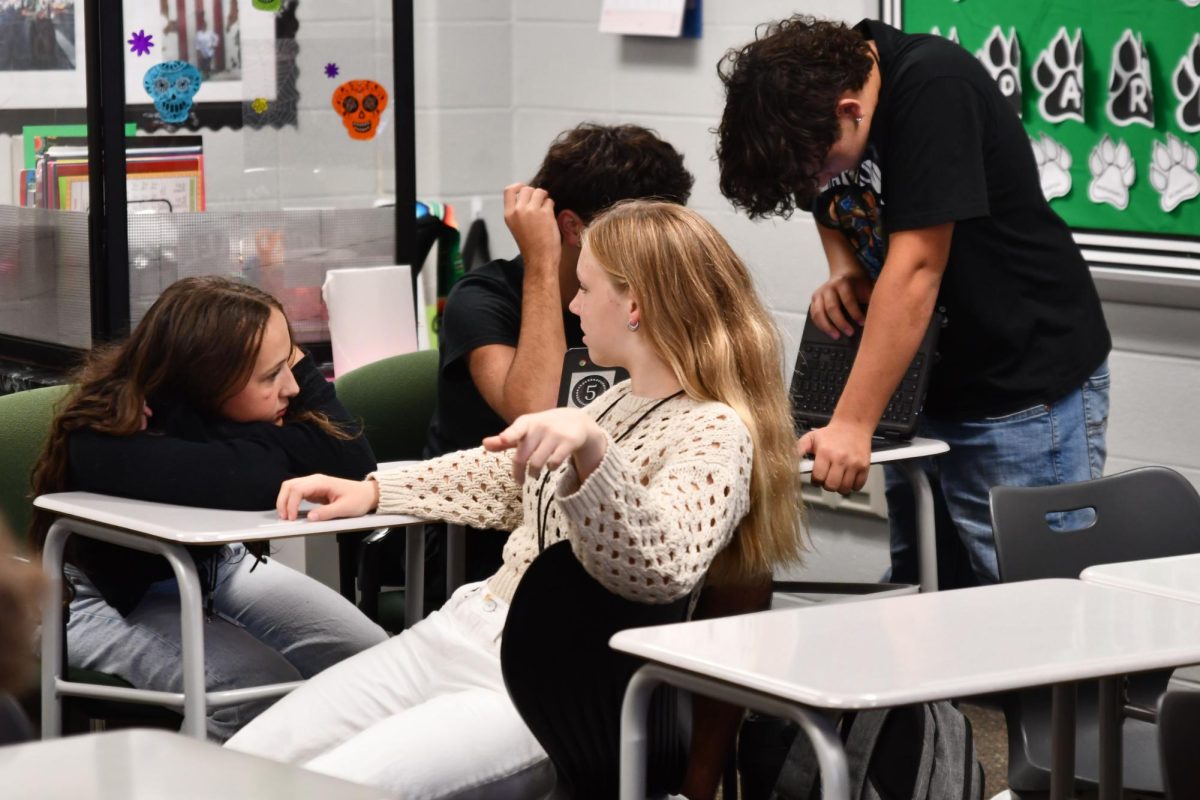
The bell schedule currently utilized by Kingwood Park with 1,883 students is similar to those shared by the much larger schools in the district whose enrollment numbers (from TEA’s 2024 federal report card) make four lunches necessary – Summer Creek (3,595 students), Atascocita (3,822 students) and Humble (2,862).
Kingwood High School has almost 3,000 students, but will return to what they call “Mustang Hour.”
Solomon understands Kingwood Park students are frustrated with the change and said he is still trying to work out a system that will work best for the campus.
“The big thing with safety right now that I’m trying to wrap my head around… is we can’t account for kids during the hour,” Solomon said.
He explained that in past years with PCDs, if a child needed to be picked up their parents would call or text them. But with phones banned by the new state law, it is hard to get messages to a student or find a kid in an emergency.
“I’ve got to think what’s best for our kids and what I’m willing to allow or tolerate when I go to sleep at night,” Solomon said.
Many students are holding out hope that Flex Hour returns when classes resume after Fall Break on Oct. 20. Aside from tutoring and club involvement, they miss seeing their friends. Students rarely see any of their friends who are not in their classes anymore.
“I think Flex Hour is important because, first of all, you get to have time with your friends,” Segura said. “I know a lot of people don’t think that’s very important, but it is. It’s also a good time to have a mental break throughout the day, especially with having AP classes and whatnot. I think that’s a big part of it.”


